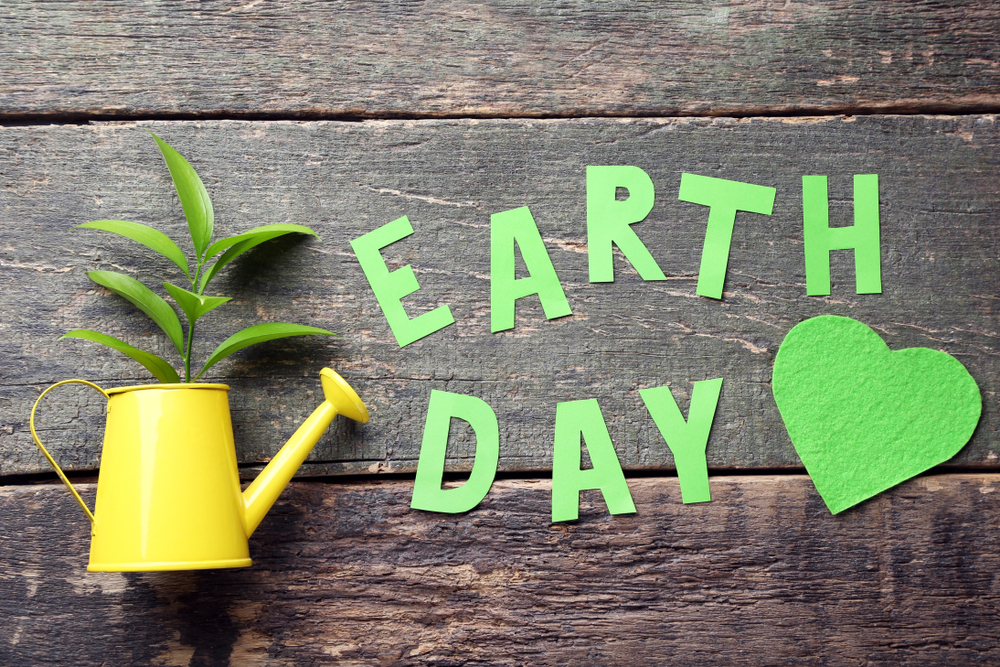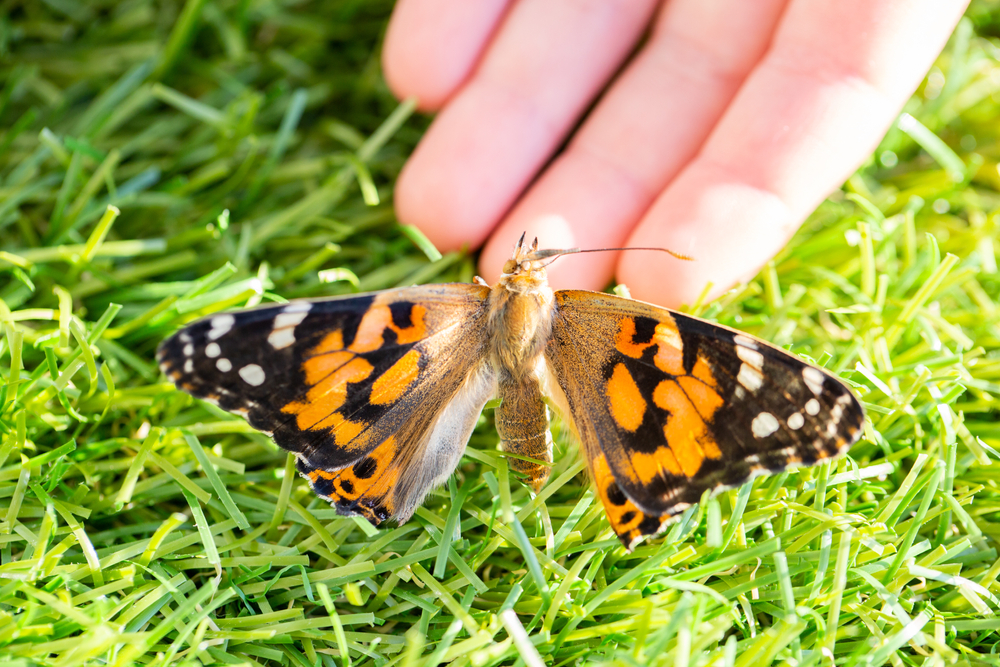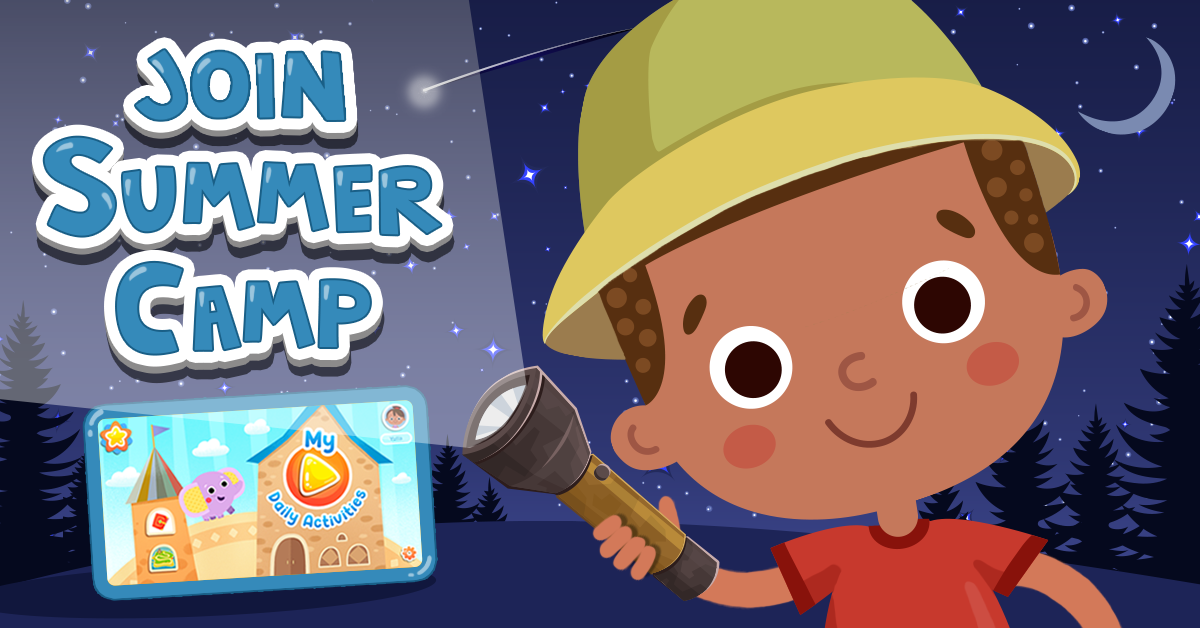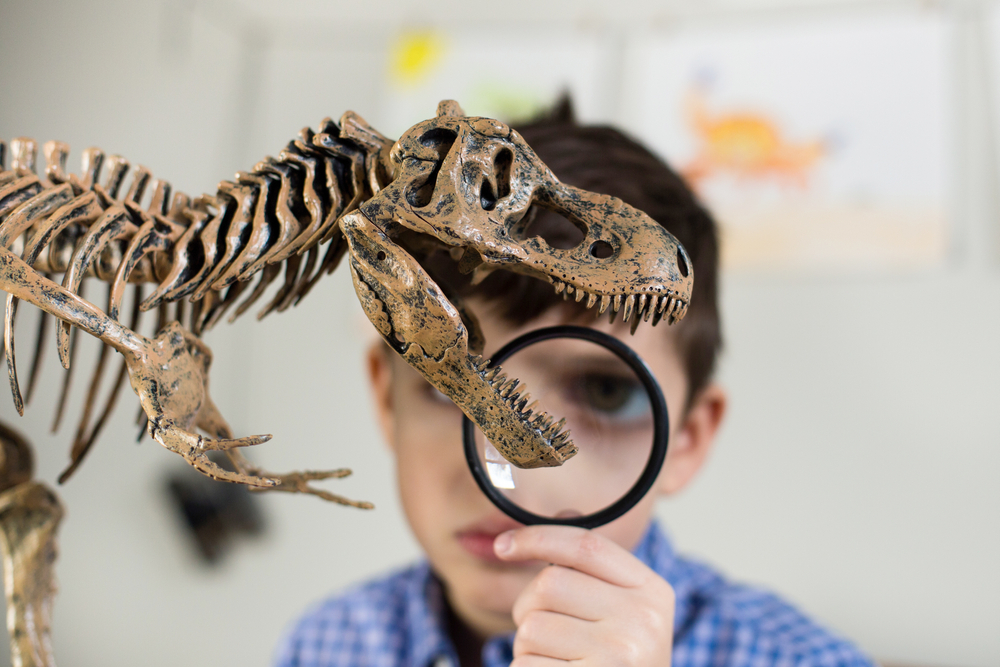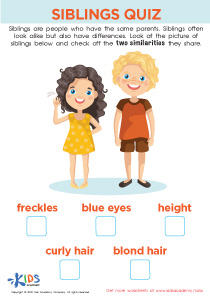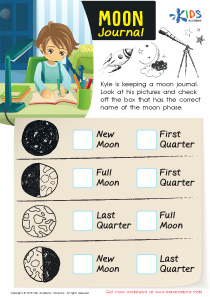Fun and Educational Printable Science Worksheets for Kids Ages 3-5: Exploring Plants and Animals
44 filtered results
-
From - To
Introducing our vibrant and engaging "Plants and Animals Worksheets" designed specifically for young learners, Ages 3-5. These beautifully crafted worksheets serve as an exciting introduction to the natural world, focusing on the fascinating realms of flora and fauna. Each page is tailored to spark curiosity and encourage exploration among preschoolers, facilitating a deep, enduring connection with nature. With a blend of playful activities, these worksheets cover basic concepts and fun facts about various plants and animals, fostering a love for learning and discovery. Perfect for in-class activities or at-home practice, our worksheets support early developmental milestones in science and environmental awareness. Dive into this adventure with your little ones today!
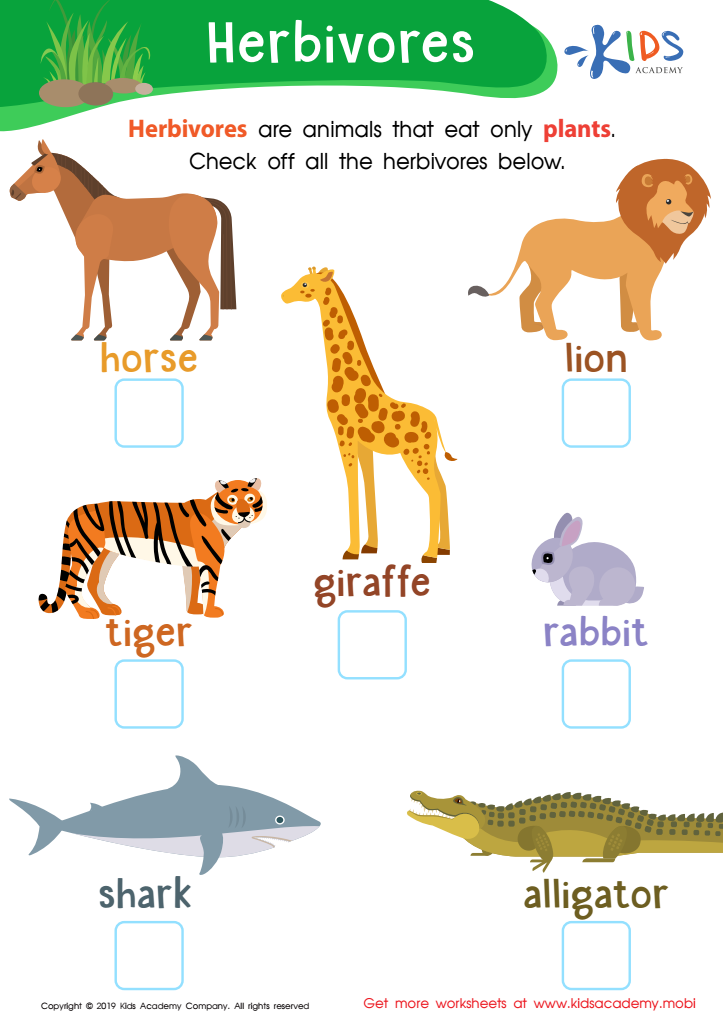

Herbivores Worksheet
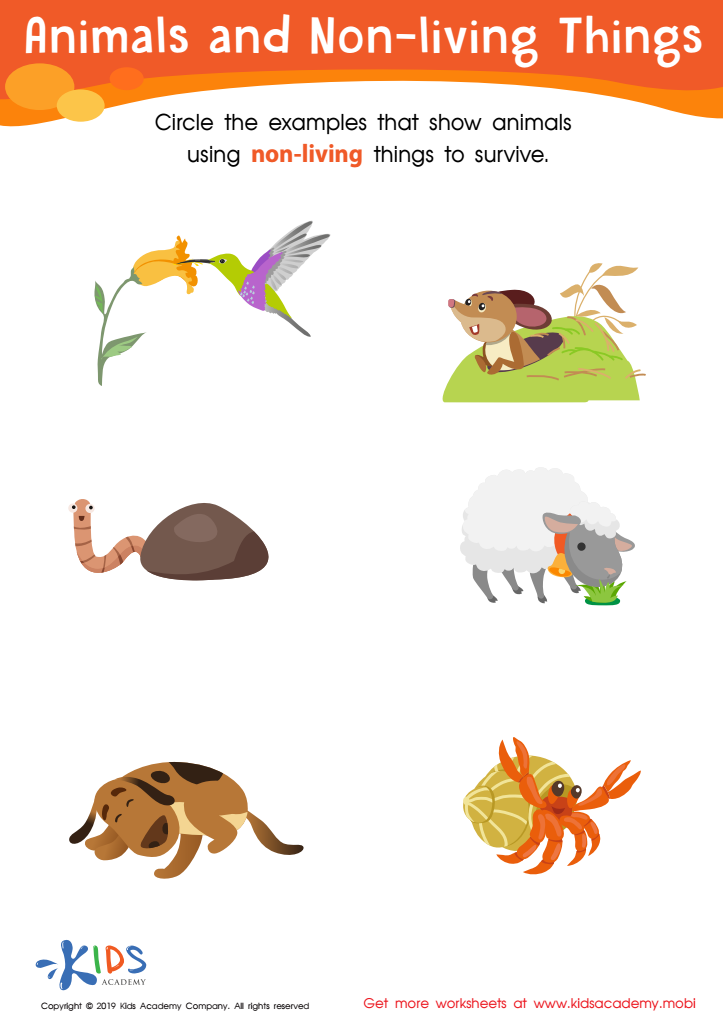

Animals and Non-Living Things Worksheet
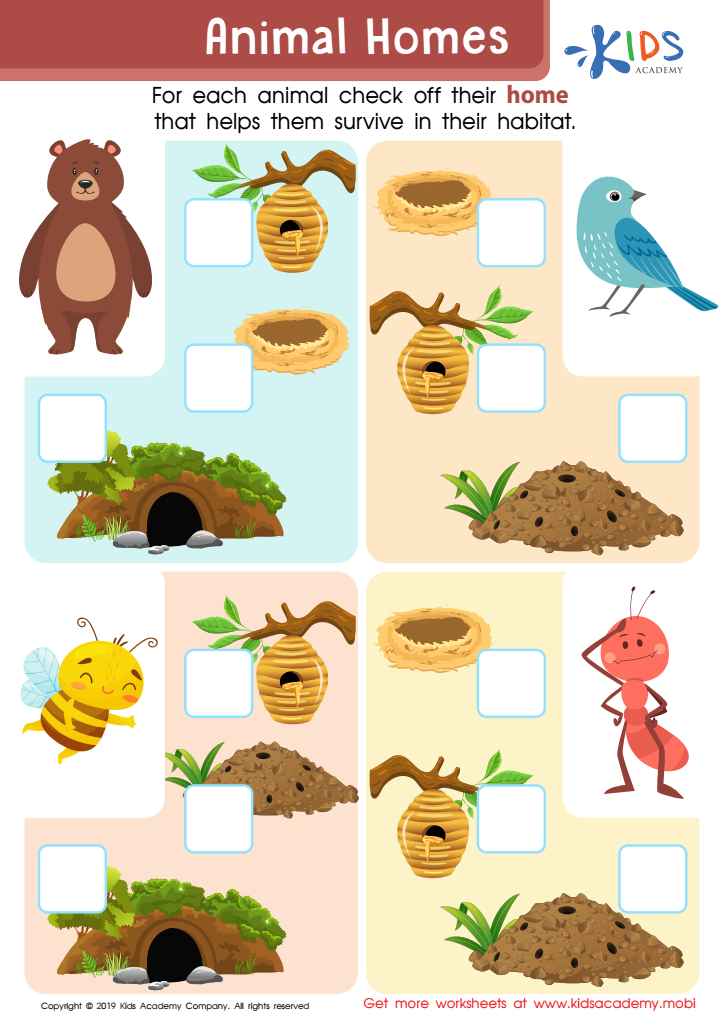

Animal Homes Worksheet
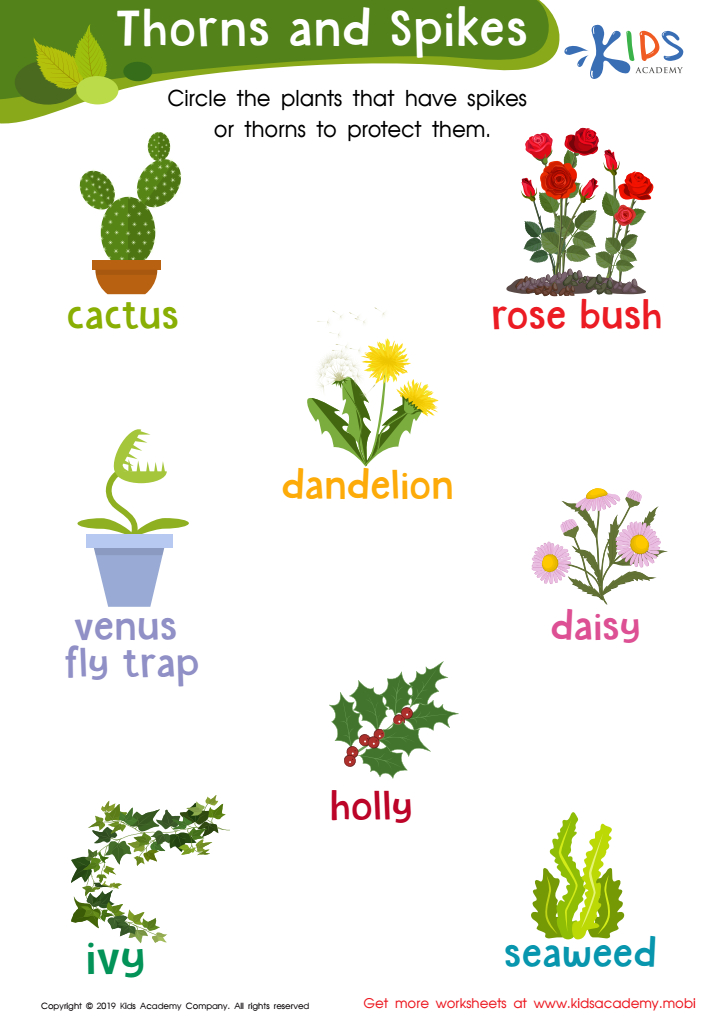

Thorns and Spikes Worksheet
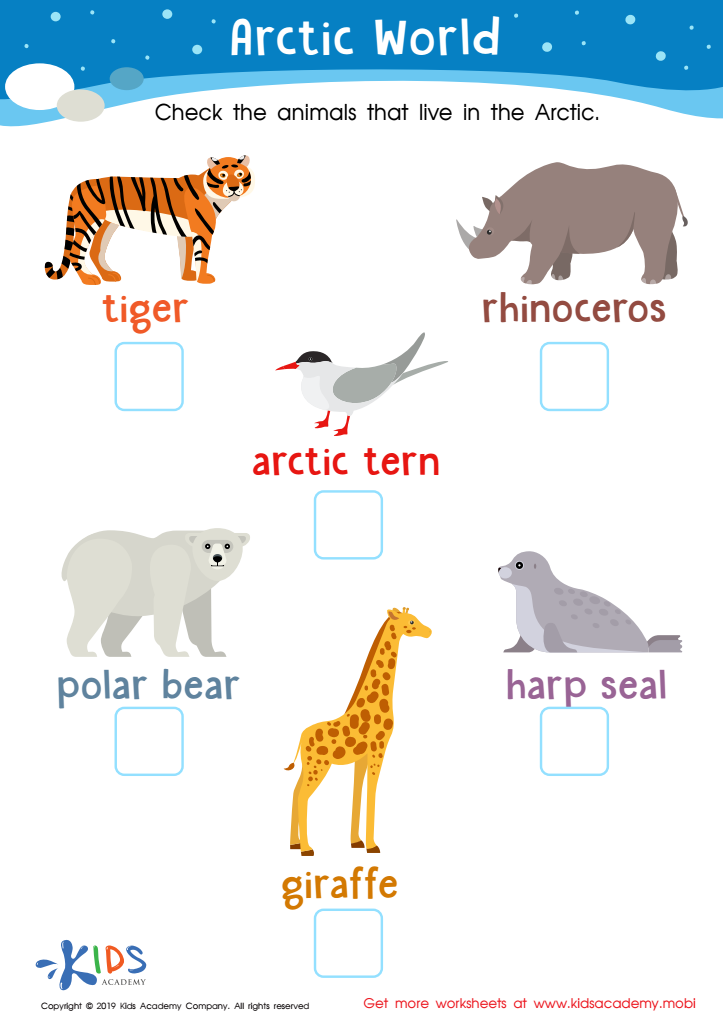

Arctic World Worksheet


Fur or Feathers? Worksheet
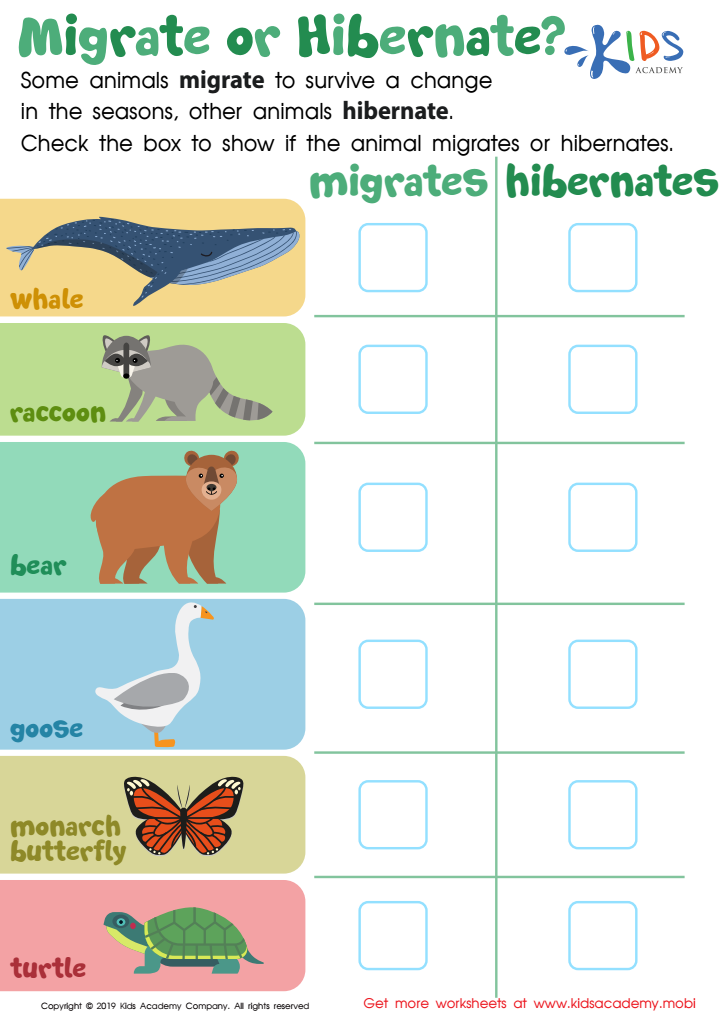

Migrate or Hibernate? Worksheet
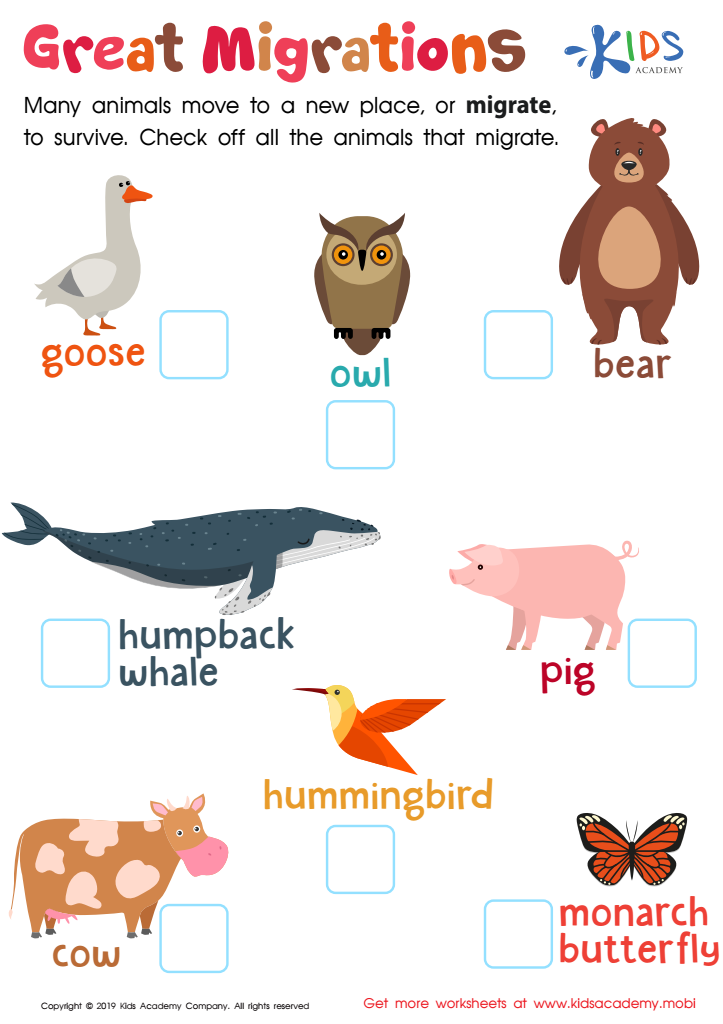

Great Migrations Worksheet
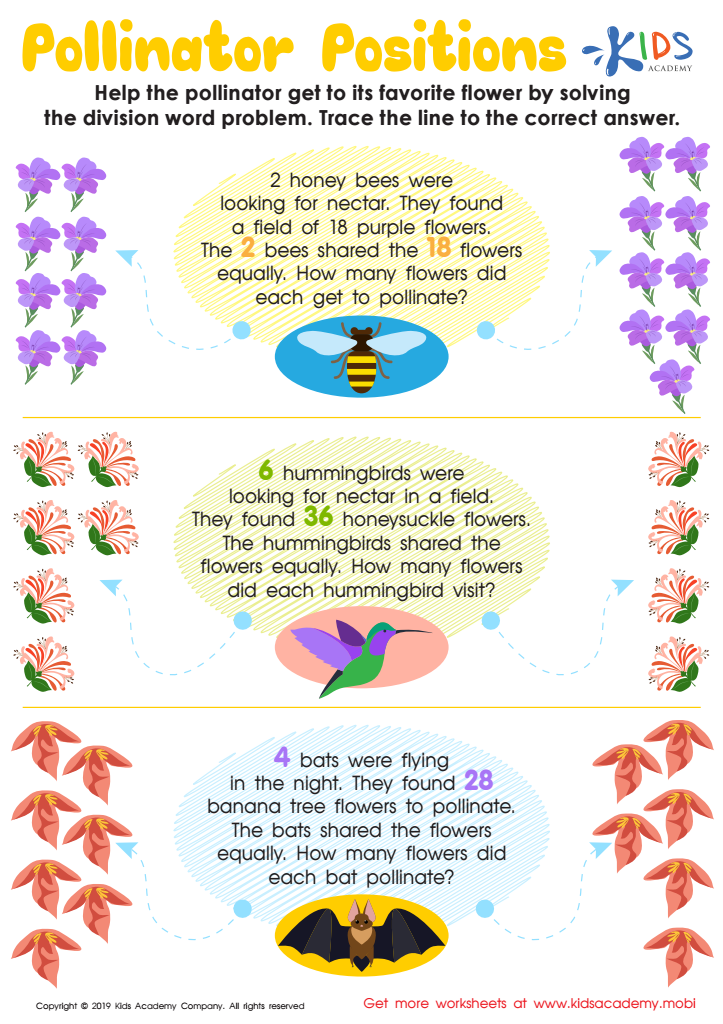

Pollinator Positions Worksheet
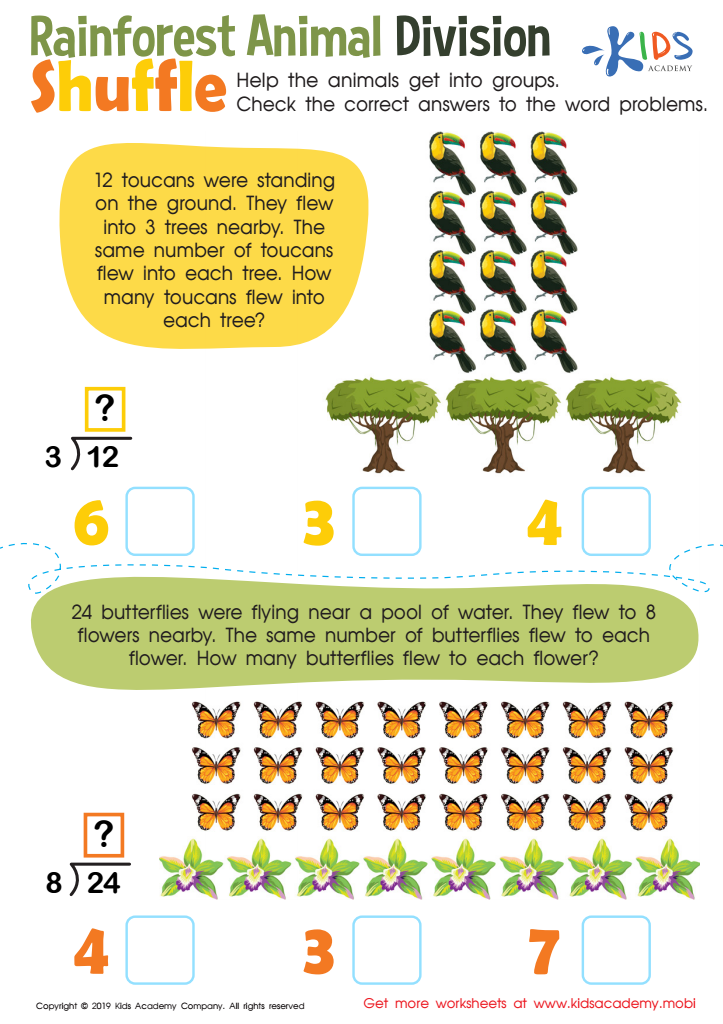

Rainforest Animal Division Worksheet
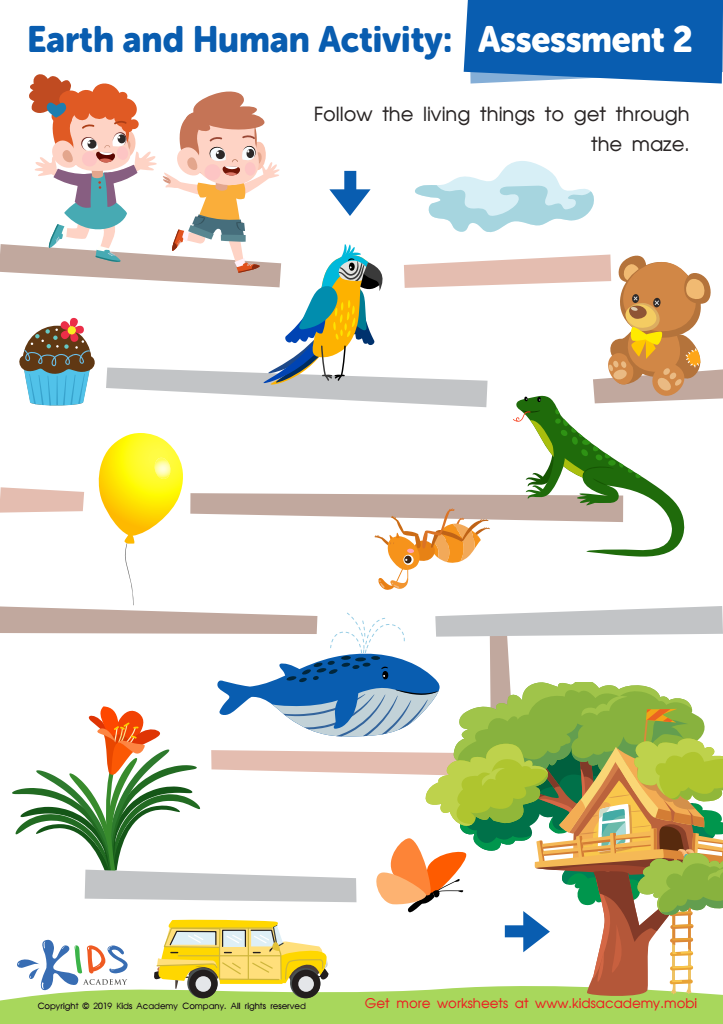

Earth and Human Activity: Assessment 2 Worksheet
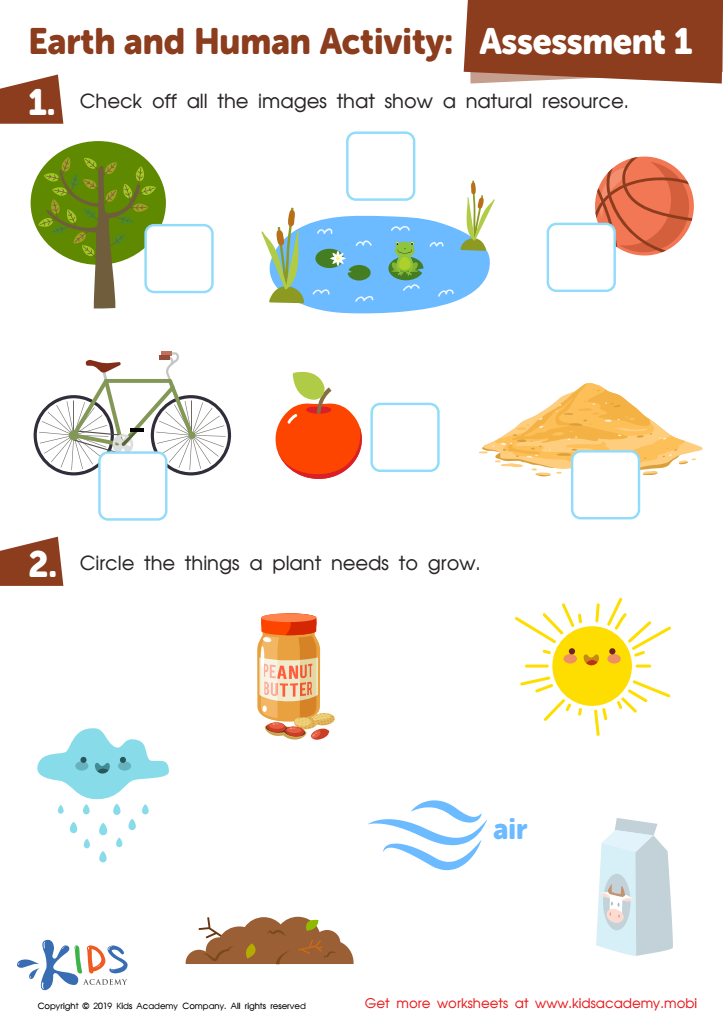

Earth and Human Activity: Assessment 1 Worksheet
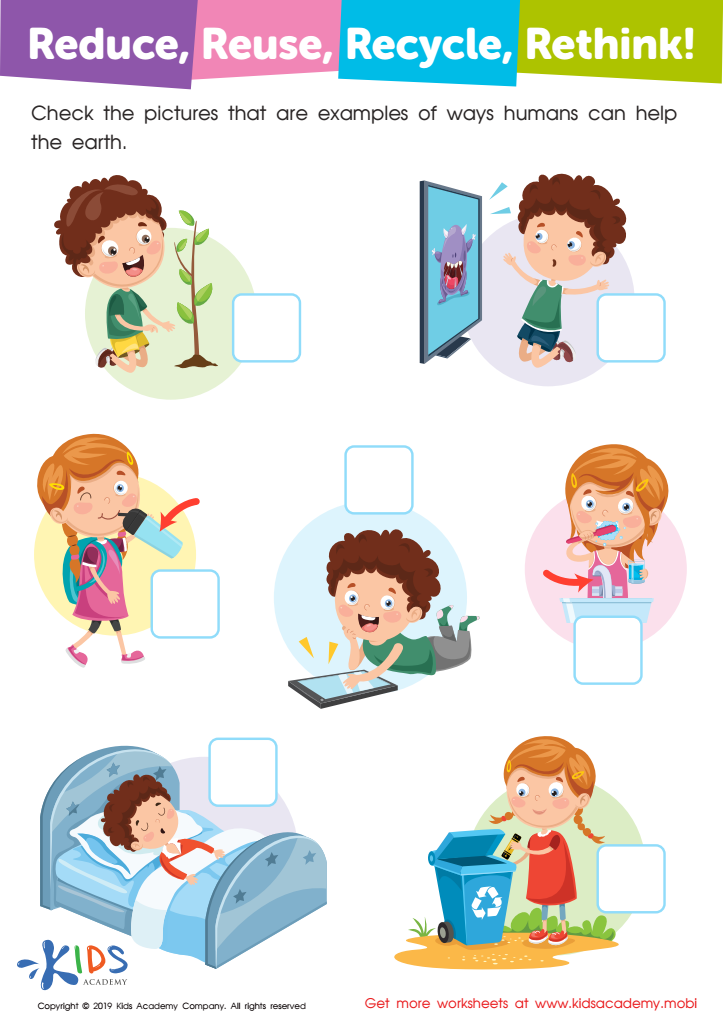

Reduce, Reuse, Recycle, Rethink Worksheet
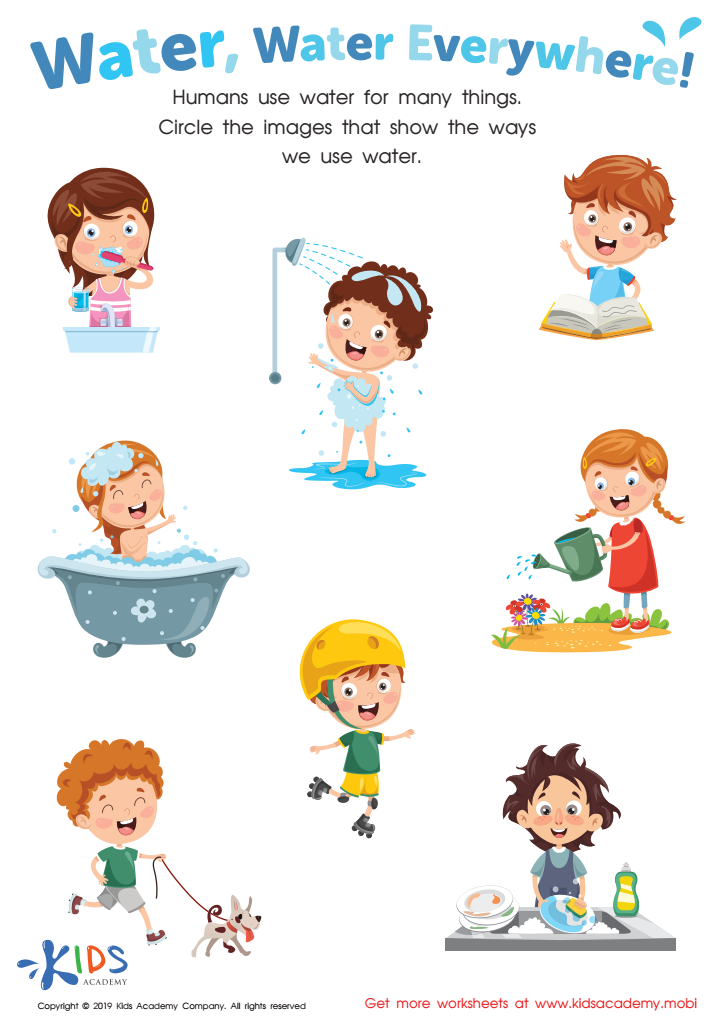

Water, Water Everywhere! Worksheet
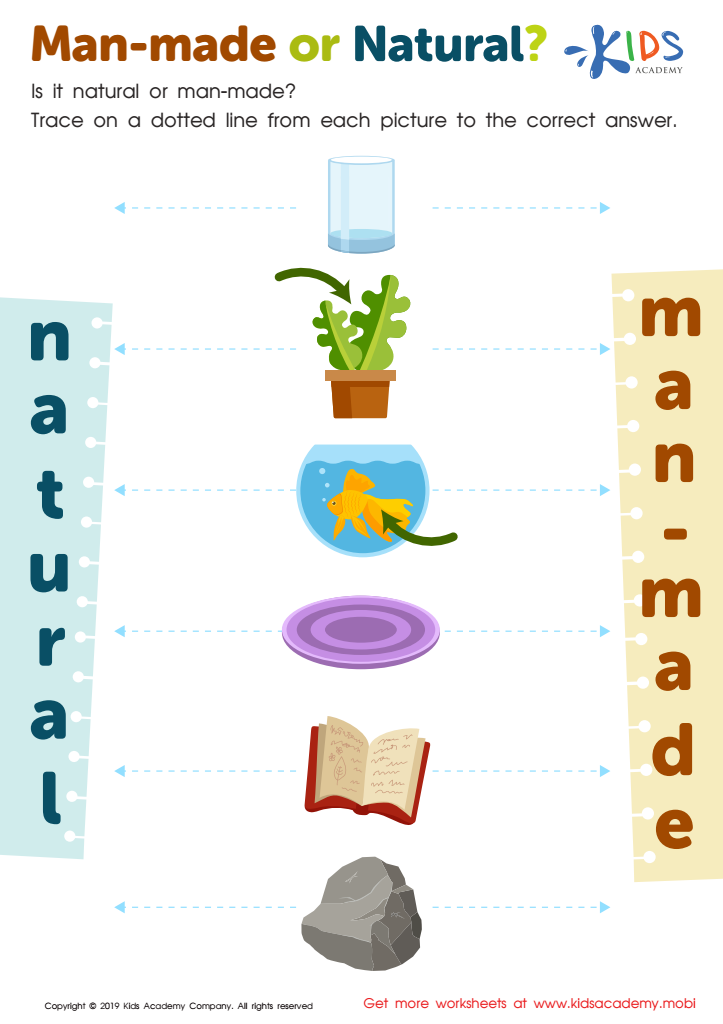

Man-Made or Natural? Worksheet
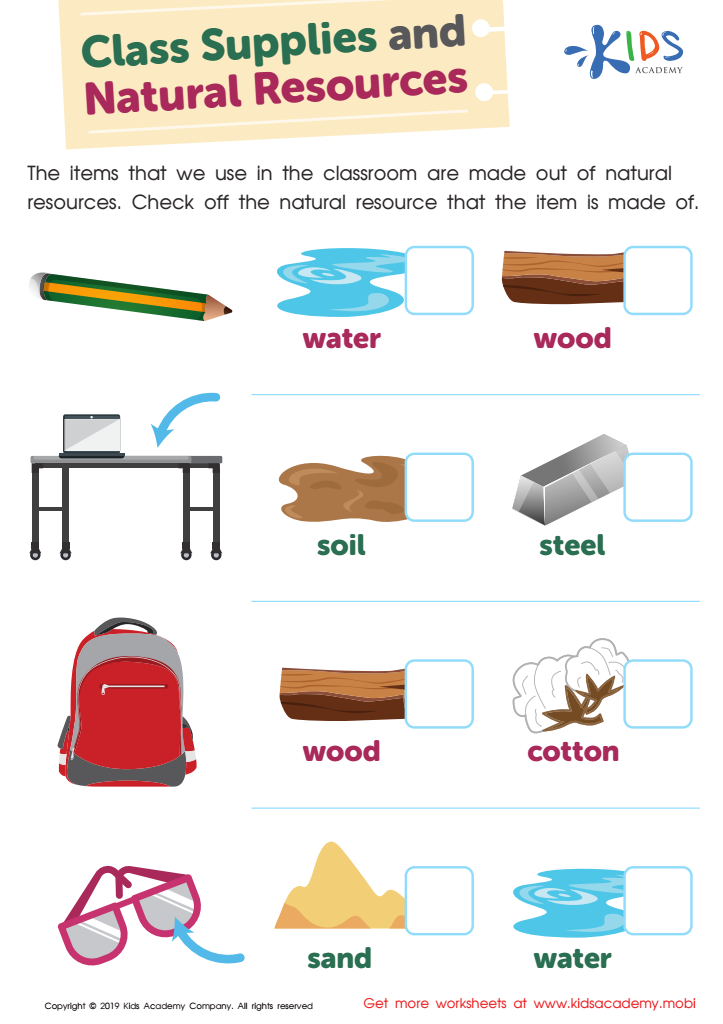

Class Supplies and Natural Resources Worksheet
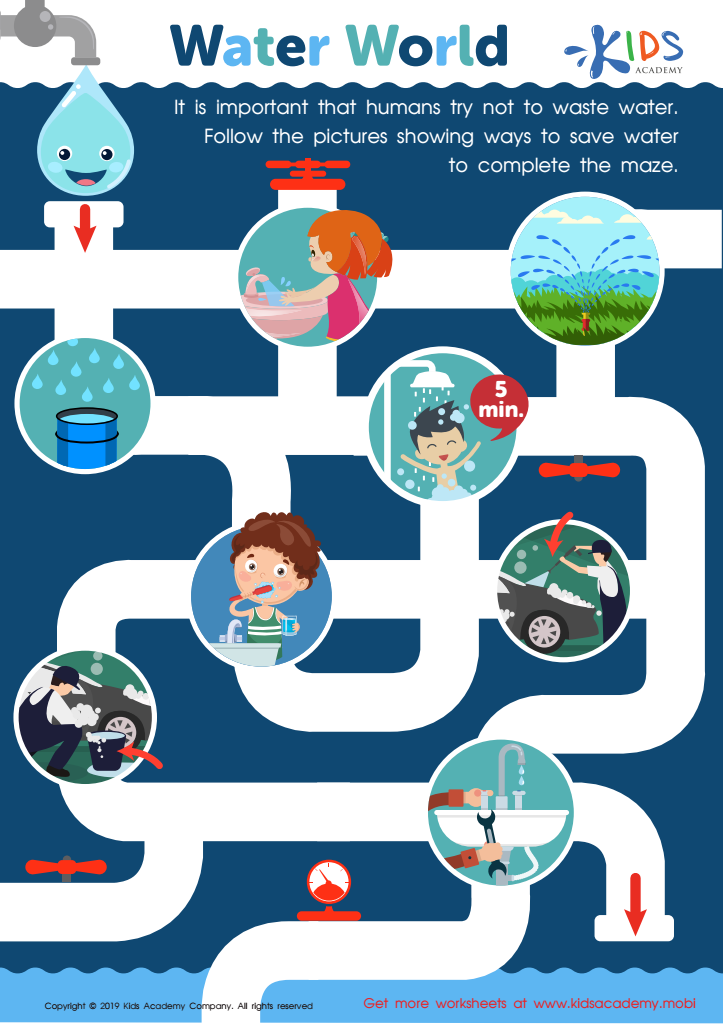

Water World Worksheet
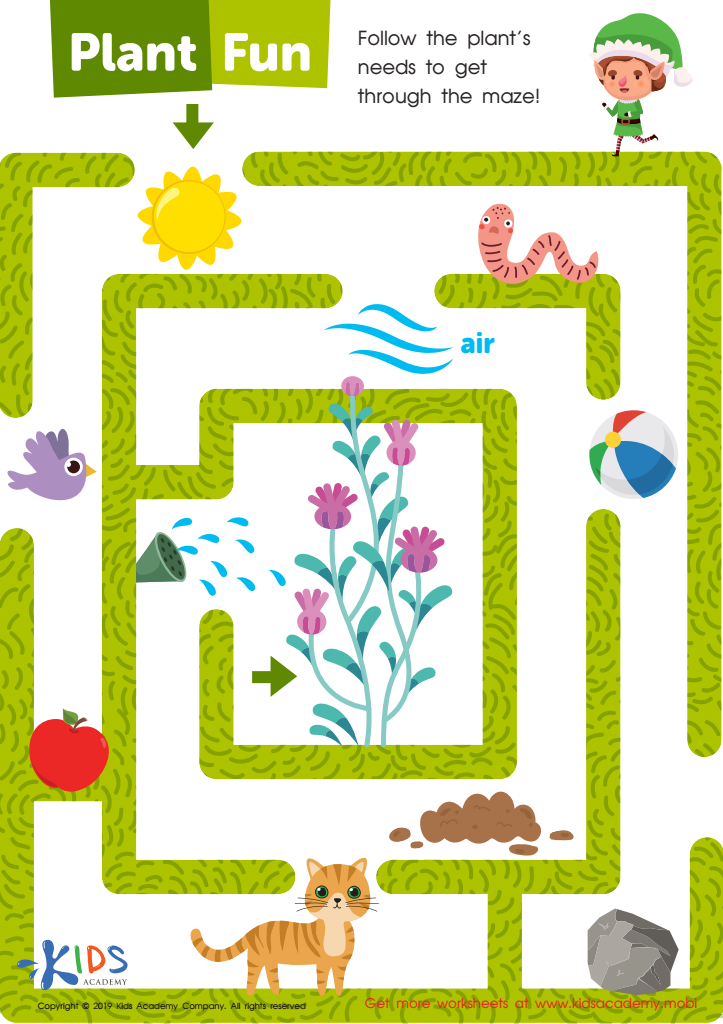

Plant Fun Worksheet
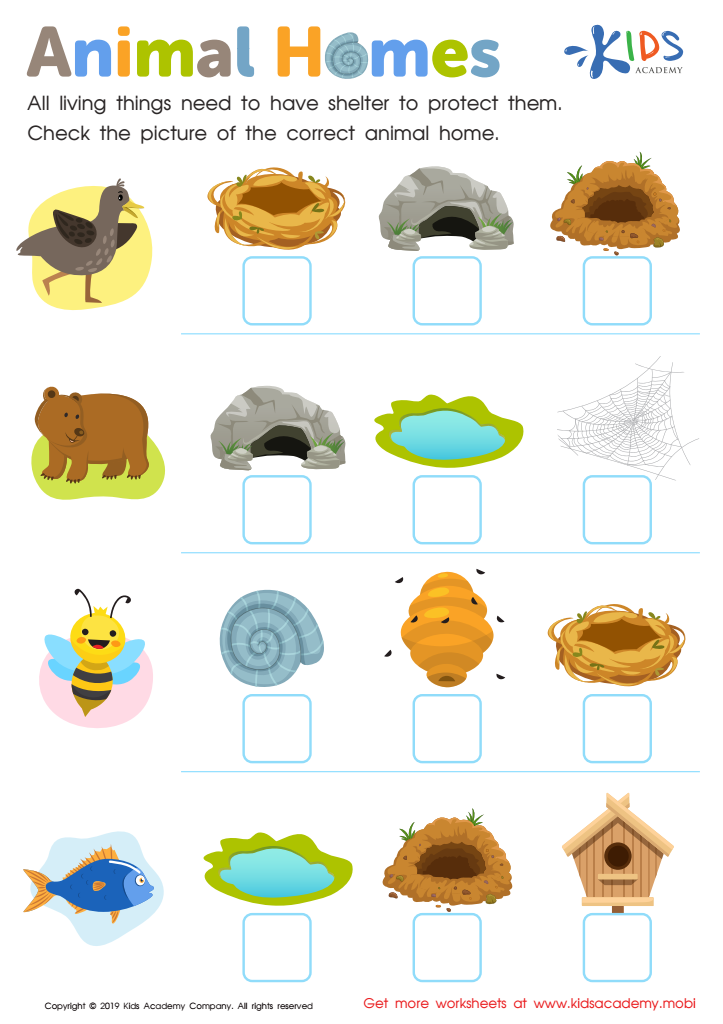

Animal Homes Worksheet
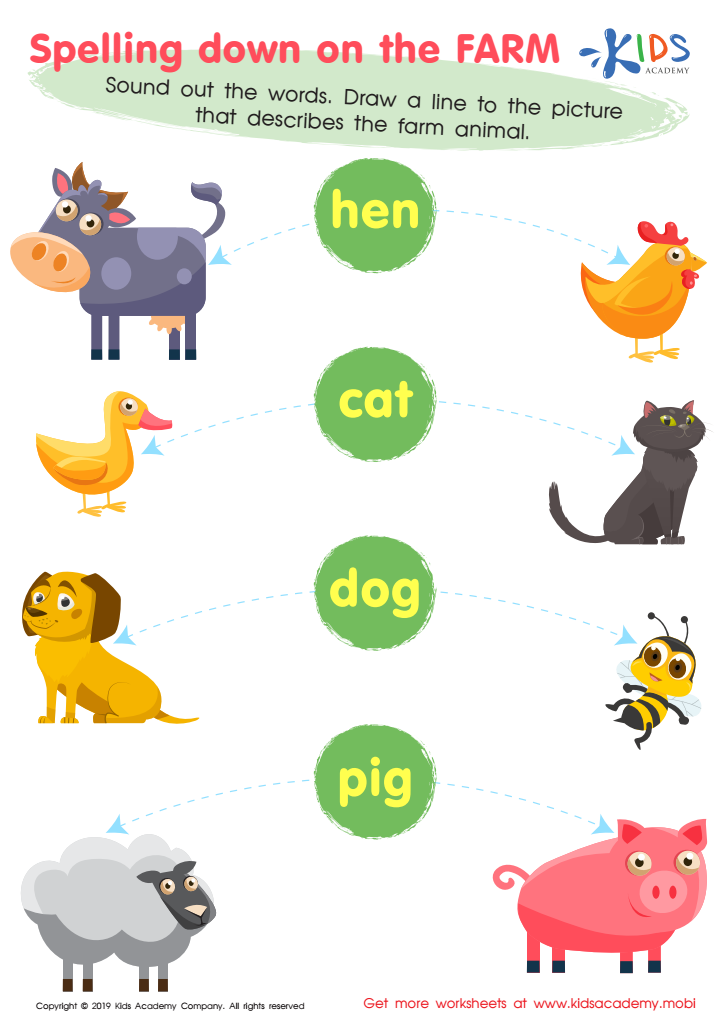

Spelling Down on the Farm Worksheet
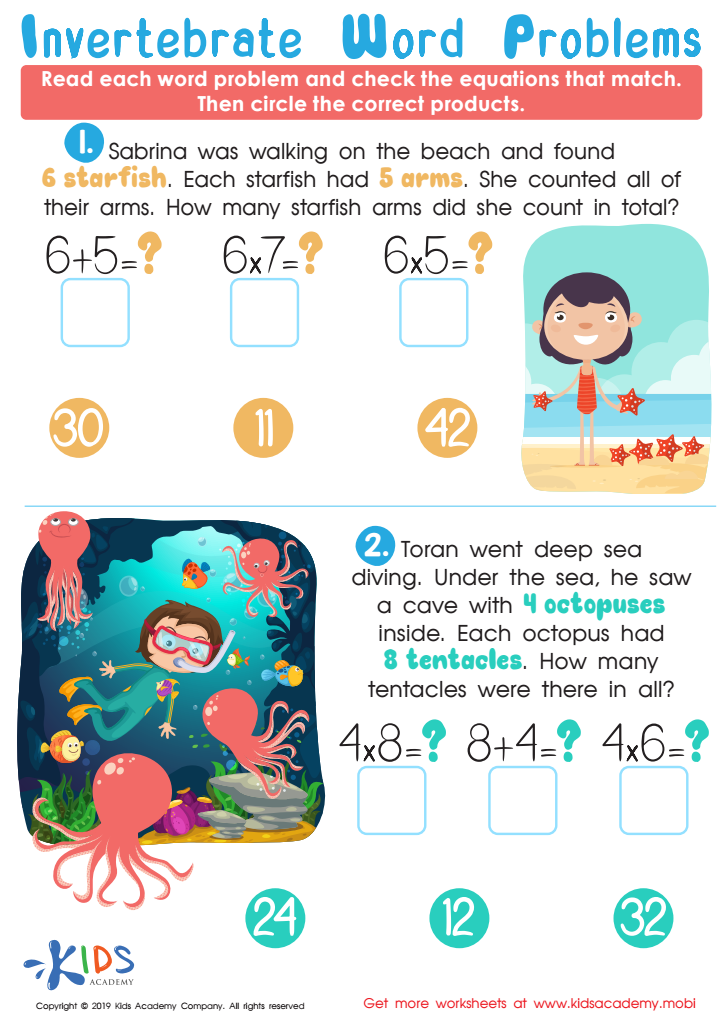

Invertebrate Problems Worksheet
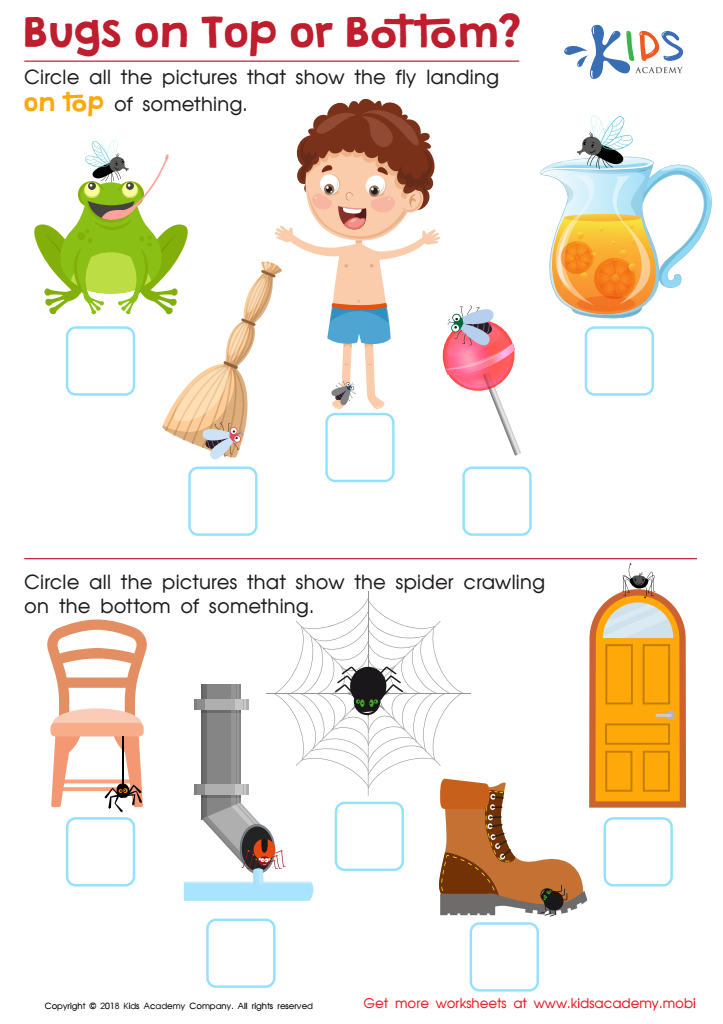

Bugs on Top or Bottom? Worksheet
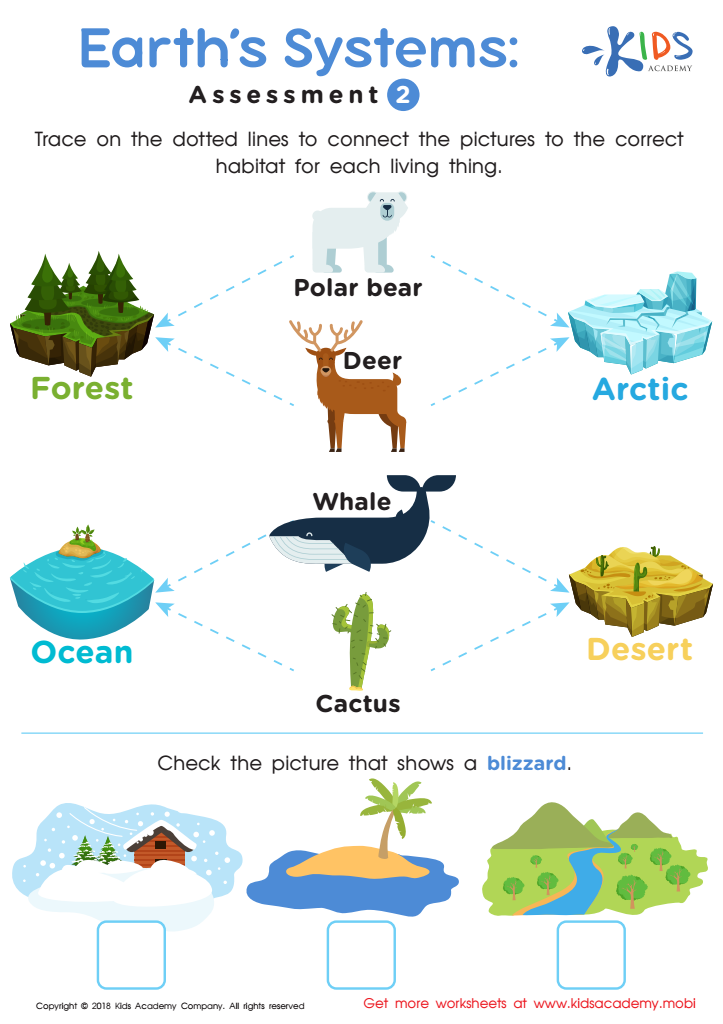

Earth's Systems: Assessment 2
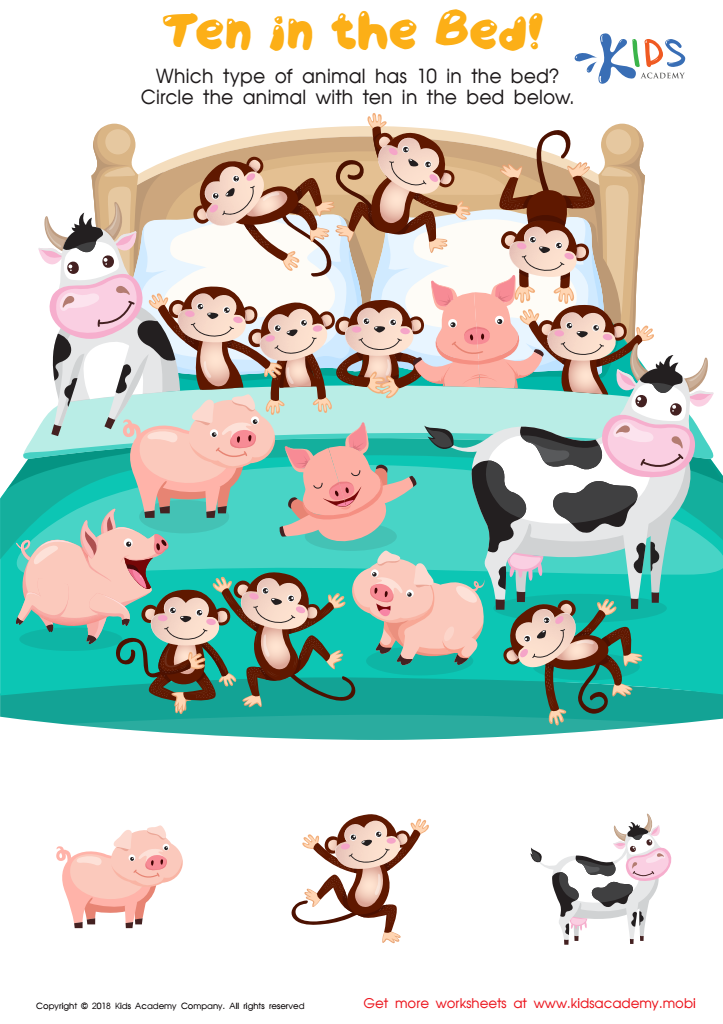

Ten in the Bed Worksheet
Worksheets on Plants and Animals for Ages 3-5 are an essential tool in the early childhood educational toolkit. These carefully designed worksheets cater specifically to young learners, providing them with a foundational understanding of the natural world around them. Starting education on such fundamental topics at an early age can spark curiosity and foster a lifelong love of learning and exploration.
One of the primary reasons these worksheets are so useful is that they are tailored to the developmental stage of 3-5-year-olds. They typically incorporate bright, engaging imagery and simple, interactive tasks that are suitable for their attention spans and cognitive abilities. This age-appropriate approach ensures that children are not only learning but also enjoying the process.
Furthermore, worksheets on Plants and Animals for Ages 3-5 introduce children to basic scientific concepts and vocabulary. This early exposure is crucial as it lays the groundwork for more complex learning in the future. By identifying different plants and animals, understanding their environments, and learning about their life cycles, children develop observational skills and a basic understanding of biology.
Moreover, these worksheets often encourage hands-on activities, such as drawing or matching exercises, which are vital for fine motor skill development. They also provide opportunities for discussions between children and their parents or educators, fostering communication skills and a deeper understanding of the material.
In summary, worksheets on Plants and Animals for Ages 3-5 are not just about learning names and facts; they are about sparking curiosity, developing foundational skills, and nurturing a connection with the natural world.

 Assign to the classroom
Assign to the classroom
